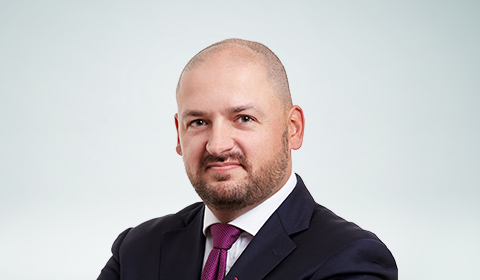Selling life insurance in Central and Eastern Europe (CEE) has never been a simple proposition – and rapid market changes have made these markets more complex, and potentially more lucrative, than ever before.
Why? Let’s start with a staple of life insurance in CEE: the unit linked insurance plan (ULIP). Historically, these plans have been easier to sell in part because, unlike a pure insurance policy, the ULIP offers purchasers both insurance and an investment vehicle. In markets were access to protection products has been historically low, and the availability of investment alternatives has been even lower, this presents an attractive option. At the same time, large commissions (paid in advance for a long period of time) also have motivated agents to actively market these products. Yet, the very flexibility and popularity of the ULIP now poses a barrier to the sale of standalone life products.
The industry’s history also poses a challenge. In the past, the level of affluence of many CEE markets was low. Few people could afford the protection products that had been – and still are – standard in many Western and Asian markets for years. When CEE economies began to rapidly develop, consumers first focused on improving their standard of living through large purchases of fixed assets, such as cars and homes. Insurance became a secondary consideration, and insurers did little to change this dynamic. At the same time, an increase in wealth spurred growth in banking, an increase in access to credit – and perhaps most importantly, a boom in bancassurance. These trends entrenched expectations that protective products should be bundled with investments or related to banking products.
Adjusting Expectations
More recently, we are seeing growing demand for the standalone offer.
Much of this evolution is being driven by a changing target demographic for life insurance. Young potential customers in CEE markets – individuals who have begun to earn salaries and start families – simply think differently than their older counterparts. They buy differently, too. Younger generations expect their purchasing experience to be easy, fast and pleasant. They have neither the time, nor the willingness, to meet with an agent – especially since insurance agents skew older throughout the region. The average agent’s age in Poland, for example, is 50 years. There are signs that the market is slowly trying to adjust to these expectations. For example, local insurers are becoming more active in social media, a move that has been led by organizations such as the Polish Insurance Association.
Still, we must remember that life insurance is sold – not purchased – in CEE markets. So, it is necessary to do more to create and strengthen demand for protection. As an industry, we must make consumers aware that insurance should not be an afterthought but a primary consideration.
The industry can start by selling more suitable products using more digital methods. As technological developments in the banking channel have shown, customers expect ‘digitalization' in interactions with a financial institution. While banking and insurance are clearly different, the financial services industry presents an important case study in how changing sales models and communication methods can attract a new, younger customer base.
The assessment of insurance risk is also likely to evolve. Consider, for example, the use of nontraditional data sources such as credit-based insurance scores to improve assessment of mortality and lapse risk, or the growing use of predictive modeling and data analytics to enhance and accelerate underwriting. RGA is working with insurers to apply modern data analytics to prepare an offer for a customer before the first contact even takes place, and we look forward to new developments in this field.
Not Rocket Science
It seems likely that we will see greater fragmentation between protective and investment products in CEE as sales models diverge. After all, prospects for standalone protective products can only grow stronger as CEE markets age and grow more affluent.
The region’s population is expected to experience greater longevity and, thus, greater potential for health problems in the coming years. At the same time, prospective insureds will have more funds to pay for protection and, with multi-generational family living arrangements on the decline, individuals will need this support more in old age. Emerging market opportunities include long-term care products, pension products and longevity insurance.
I am convinced that the life market will evolve, but it will not disappear. Products will simply be more and more tailored to the needs of changing customers and an evolving competitive landscape. Ubiquitous digitization must also take place. Envisioning such a future for the industry is hardly “rocket science” – mobile and user-friendly applications are in wide use in other industries.
The question is not whether the CEE market is changing, but how quickly insurers can adapt. The sooner we begin, the sooner customers will start responding.



